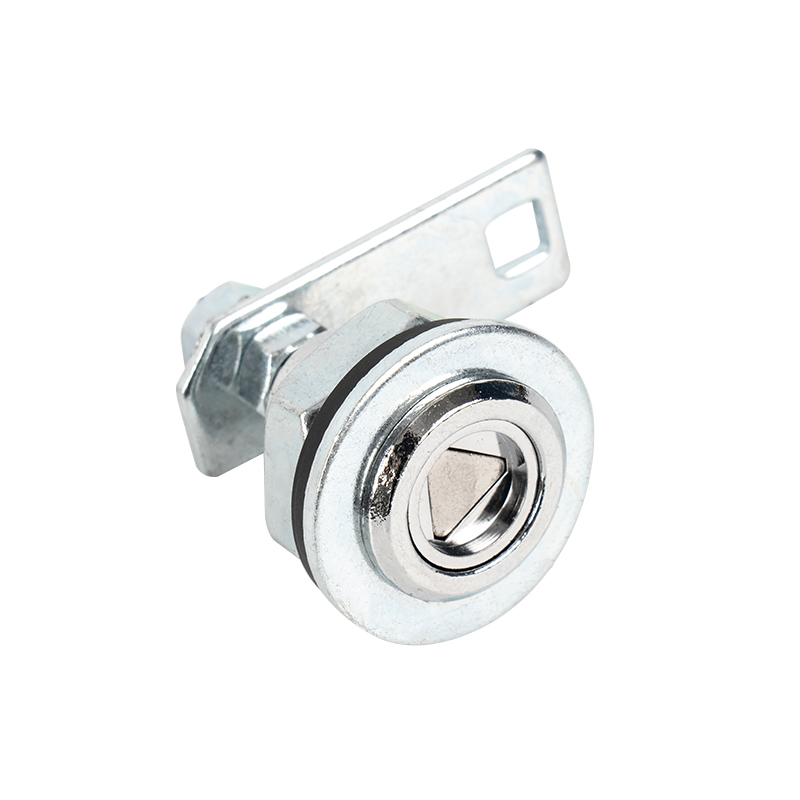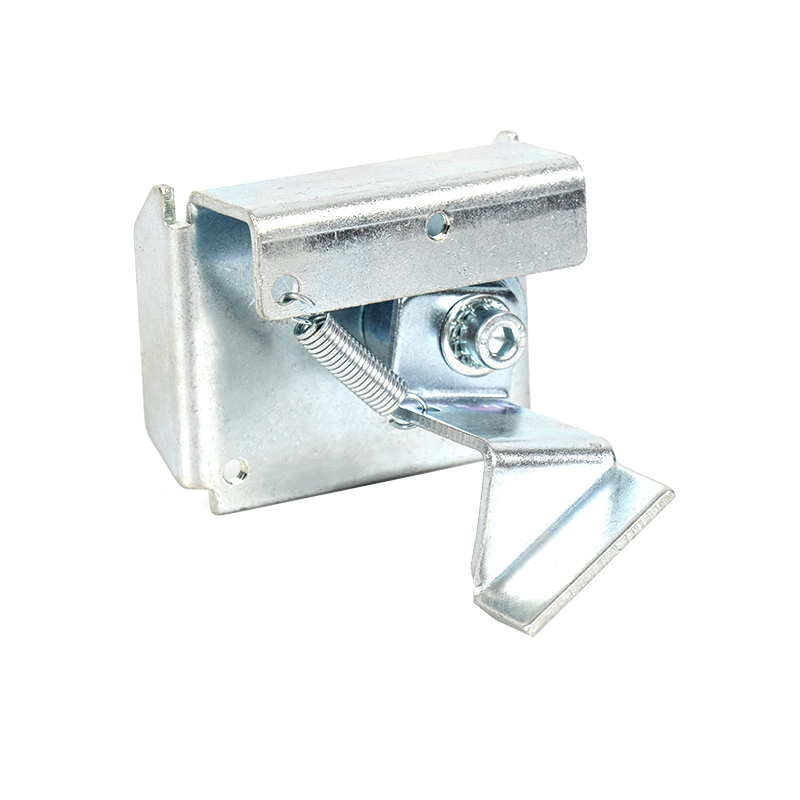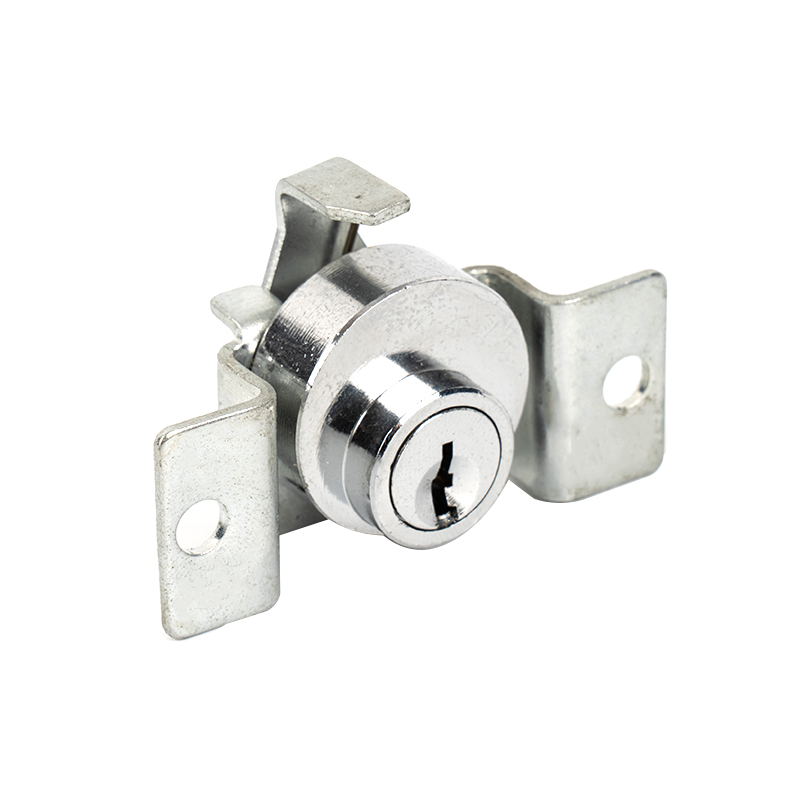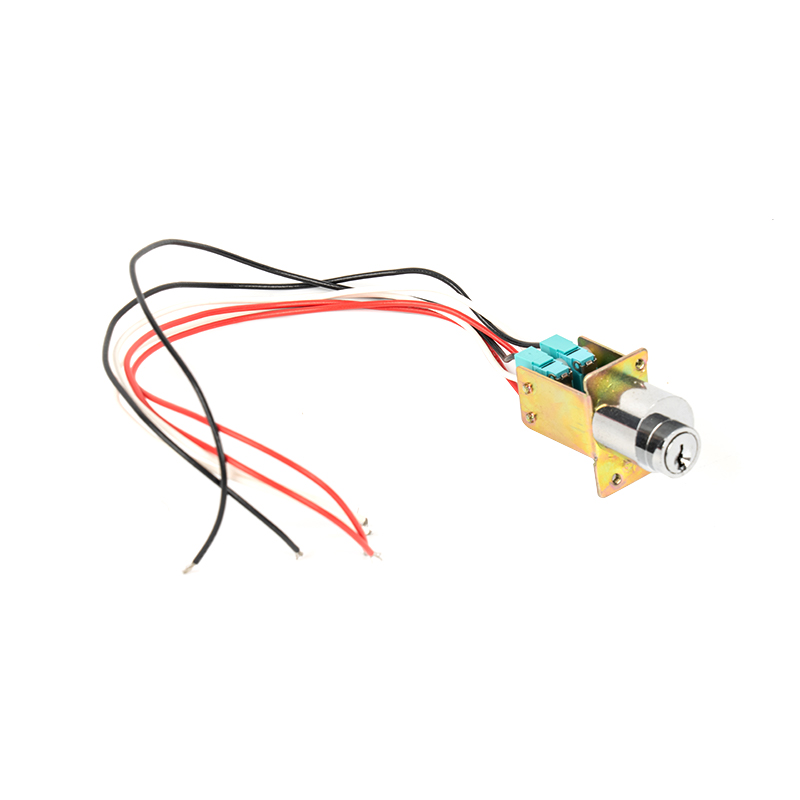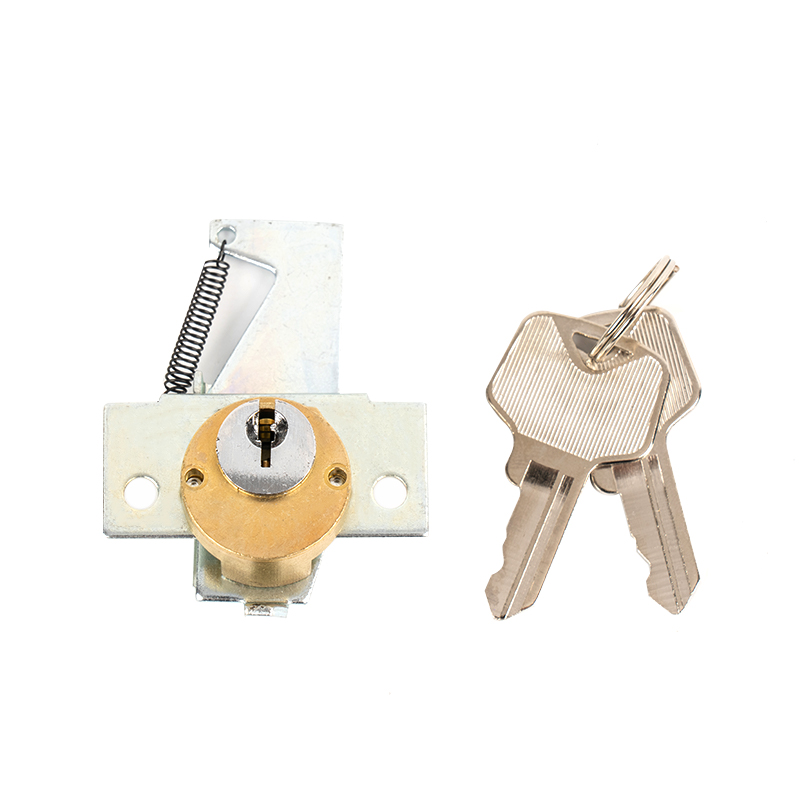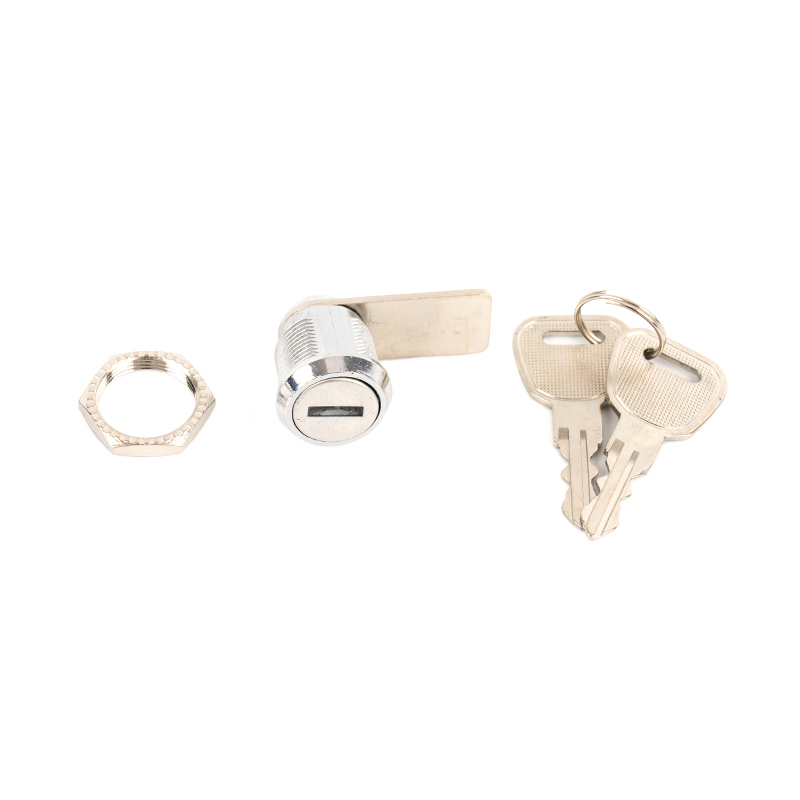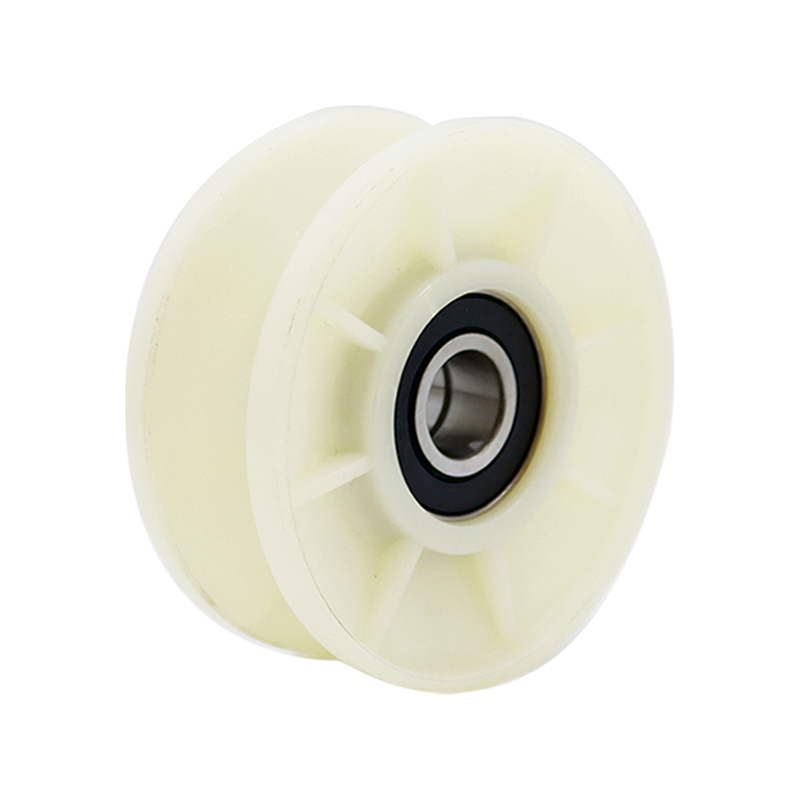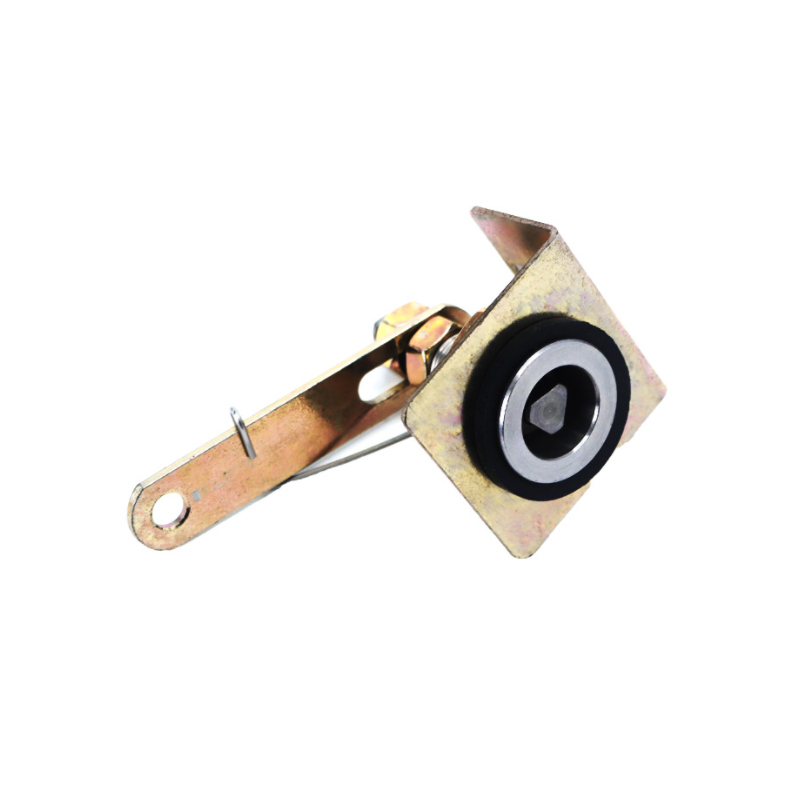The following are five key warning signs of elevator guide shoe wear. Combining professional maintenance experience and real-world cases, we'll help you promptly identify potential faults and take corrective measures:
Content
1.Abnormal Operational Noise (Rubbing, Scratching)
Symptoms: A continuous "squeaking," "clicking," or sharp metallic rubbing noise is heard when the elevator is moving up or down, especially during starting or braking.
Cause: Worn guide shoe pads are in direct contact with the guide rails, or loose guide shoe fixing screws are causing metal-to-metal collisions.
Risk: Long-term neglect may accelerate guide rail wear and even lead to the risk of car derailment.
2. Increased Car Vibration or Horizontal Sway
Symptoms: Passengers noticeably feel the elevator's unstable movement, especially under heavy loads.
Cause: Worn guide shoes lead to uneven clearance with the guide rails, or guide shoe spring failure is failing to buffer vibrations.
Check: Use a spirit level to measure the car tilt. If the tilt exceeds 2mm, immediate inspection is required.
3. Increased Leveling Error (Inaccurate Stopping)
Symptoms: A significant height difference between the elevator and the floor (e.g., exceeding ±5mm) occurs when the elevator stops.
Cause: Guide shoe wear reduces guiding accuracy, causing the elevator car to deviate from its trajectory.
Impact: This may cause passengers to trip and exacerbate door system malfunctions.
4. Visible Wear or Deformation of the Guide Shoe Liner
Symptoms: Inspection of the guide shoe liner (usually made of nylon or polyurethane) reveals uneven thickness, cracks, or missing parts.
Standard: Replacement is required if the remaining thickness is less than 50% of the original design or if partial peeling occurs.
Tool: Use a caliper to measure and compare to the manufacturer's wear limit.
5. Abnormally Increased Energy Consumption
Symptoms: Increased elevator motor current or power consumption, especially at low speeds.
Cause: Increased guide shoe friction coefficient due to wear requires the traction system to perform additional work.
Data: Measurements show that severely worn guide shoes can increase energy consumption by 10%-15%.
Recommendations
Regular Inspection: Measure the guide shoe clearance and liner thickness every three months, and use a laser alignment tool to adjust the guide shoe position.
Lubrication and Maintenance: Use lithium-based grease to avoid dry friction (rolling guide shoes do not require lubrication).
Timely Replacement: Composite liners (such as ultra-high molecular weight polyethylene) are preferred, as they offer a 30% longer lifespan than traditional nylon.
If any of the above signs are observed, contact professional maintenance personnel immediately to avoid a cascading failure.

Elevator Guide Shoe FAQs
- What is an elevator guide shoe? What is its function?
Definition: A guide shoe is a guide component installed on the elevator car and counterweight, ensuring smooth elevator operation along the guide rails.
Function:
Maintains vertical car movement and prevents side-to-side sway or yaw.
Reduces vibration and noise, improving ride comfort.
Some guide shoes have lubrication functions to reduce guide rail wear.
- What types of guide shoes are there? How to choose?
Sliding guide shoes (traditional):
Simple structure, low cost, suitable for low-speed elevators (≤1.0 m/s).
Requires regular lubrication and wears faster.
Roller guide shoes (modern):
Uses rollers instead of sliding friction, suitable for medium- and high-speed elevators (≥1.5 m/s).
No lubrication required, long life, but higher price.
Suggested selection: Determine based on elevator speed, load, and operating environment (such as humidity and high temperatures).
- Do guide shoes require lubrication? How should they be lubricated correctly?
Sliding guide shoes require lubrication:
Use lithium-based grease or a dedicated guide shoe lubricant.
Lubricate every 3-6 months to avoid excessive oil accumulation.
Roller guide shoes do not require lubrication:
The rollers have sealed bearings, so lubrication may attract dust.
- Does guide shoe wear affect elevator safety?
Potential risks:
Increased guide rail wear can lead to unstable operation.
In severe cases, it may cause the car to derail or make an emergency stop.
Solution: Regularly inspect and replace worn parts promptly.


 English
English 中文简体
中文简体


